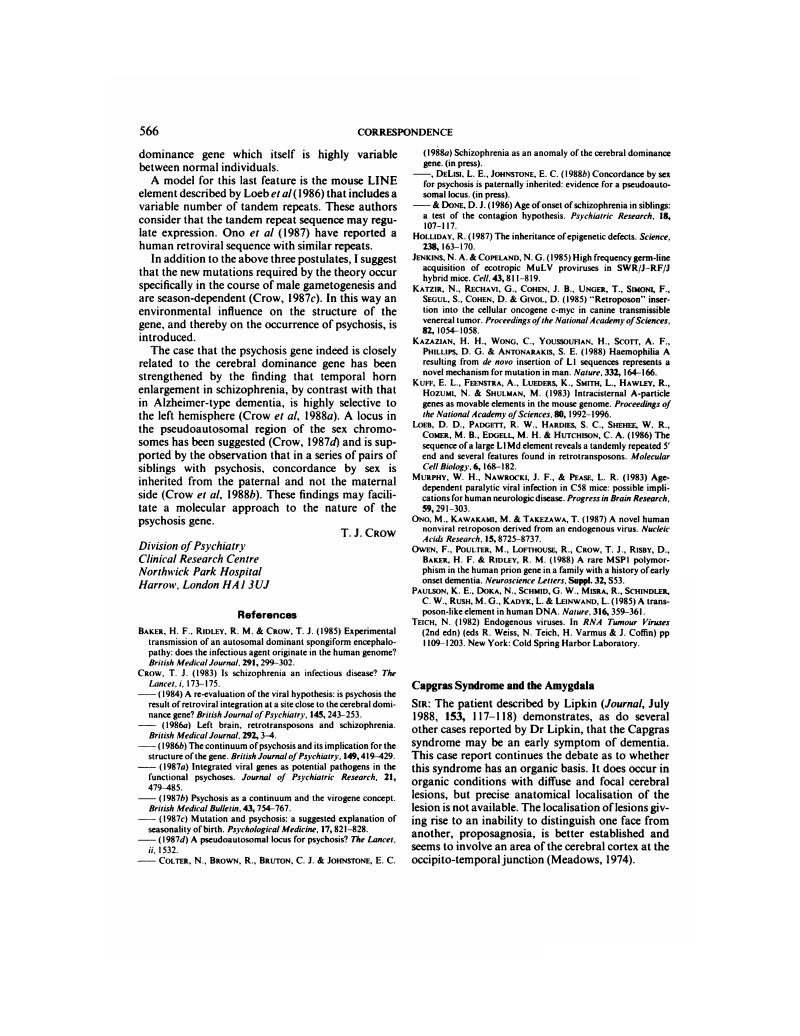Crossref Citations
This article has been cited by the following publications. This list is generated based on data provided by Crossref.
STOCKER, BEN
2020.
WHAT IS CAPGRAS SYNDROME?.
Psych-Talk,
Vol. 1,
Issue. 97,
p.
13.




eLetters
No eLetters have been published for this article.